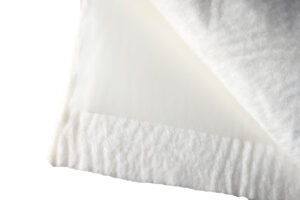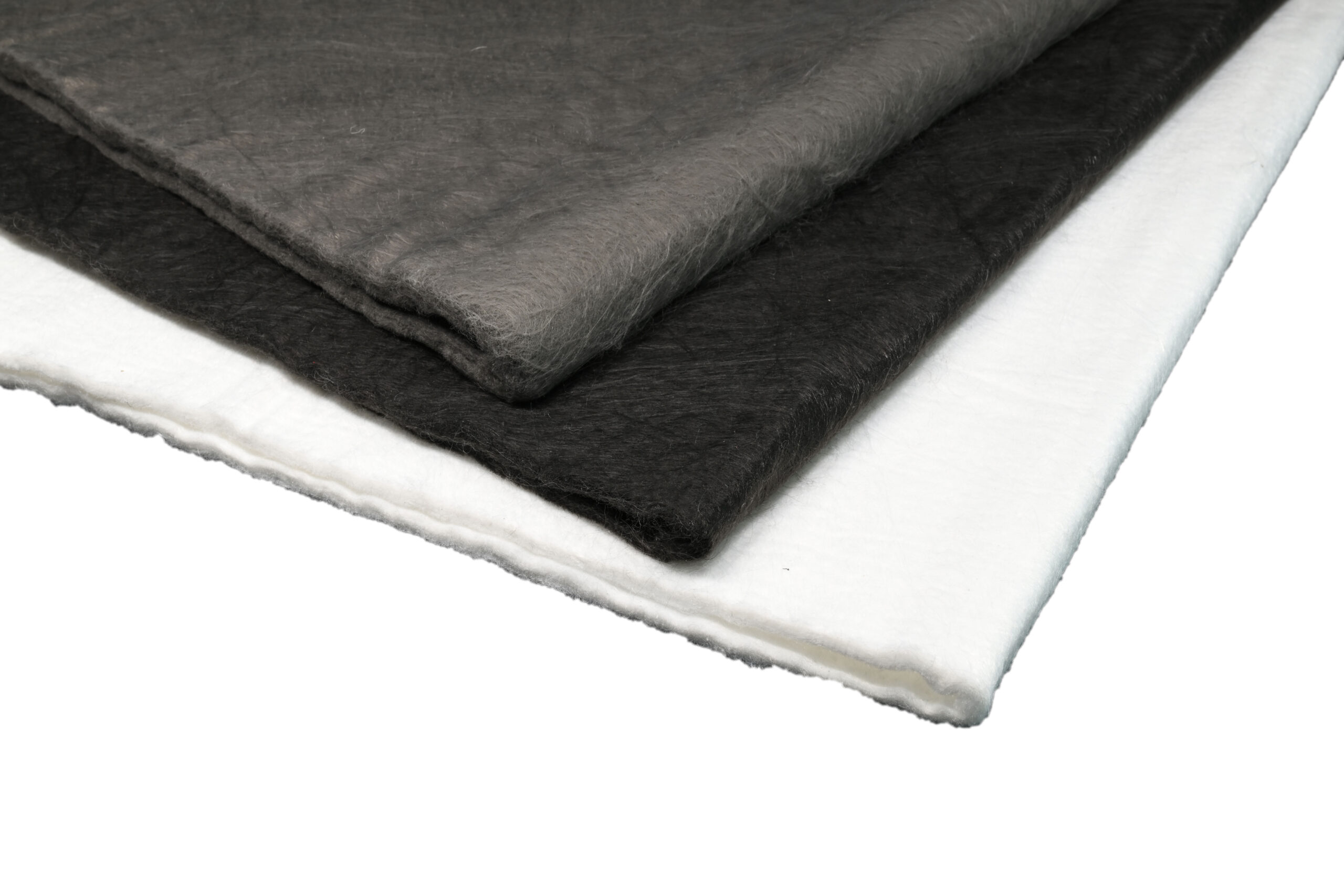Geotextile is a filter material used in civil engineering and environmental engineering. It has a sieving and filtering effect and can be used to control the drainage of soil particles and the migration of soil particles.

Filtration principle of geotextile
Screening: Geotextiles, through their fabric structure and pore space, can screen larger particles of soil to prevent them from passing through the geotextile. The sieving action is limited by the pore size of the geotextile. Larger particles cannot pass through the pores of the geotextile, thus realizing the sieving effect on the particles.
Filtration: The fabric structure and pore distribution of geotextiles allow water to pass through while blocking the passage of particles. As water passes through the geotextile, soil particles are captured by the geotextile, creating a filter layer that stops smaller particles and soil particles from passing through the other side of the geotextile.
The filtration principle of geotextiles is based on the design of pore structure and pore distribution, usually consisting of multiple layers of textiles or fibers. Coarse fibers or fabrics are used to sieve larger particles and finer fibers or fabrics are used to filter smaller particles. This structure can realize the functions of sieving and filtering at the same time.
The application of geotextiles in civil engineering and environmental engineering includes soil erosion control, embankment reinforcement, groundwater discharge control, roadbed drainage, etc. Through the correct selection and application of geotextiles, soil stability and improved drainage can be achieved while protecting the environment and natural resources.
Author
-

Founded in 2002, Tinhy's team focuses on the manufacturing, marketing, installation, application and research and development of geosynthetic materials.
View all posts




